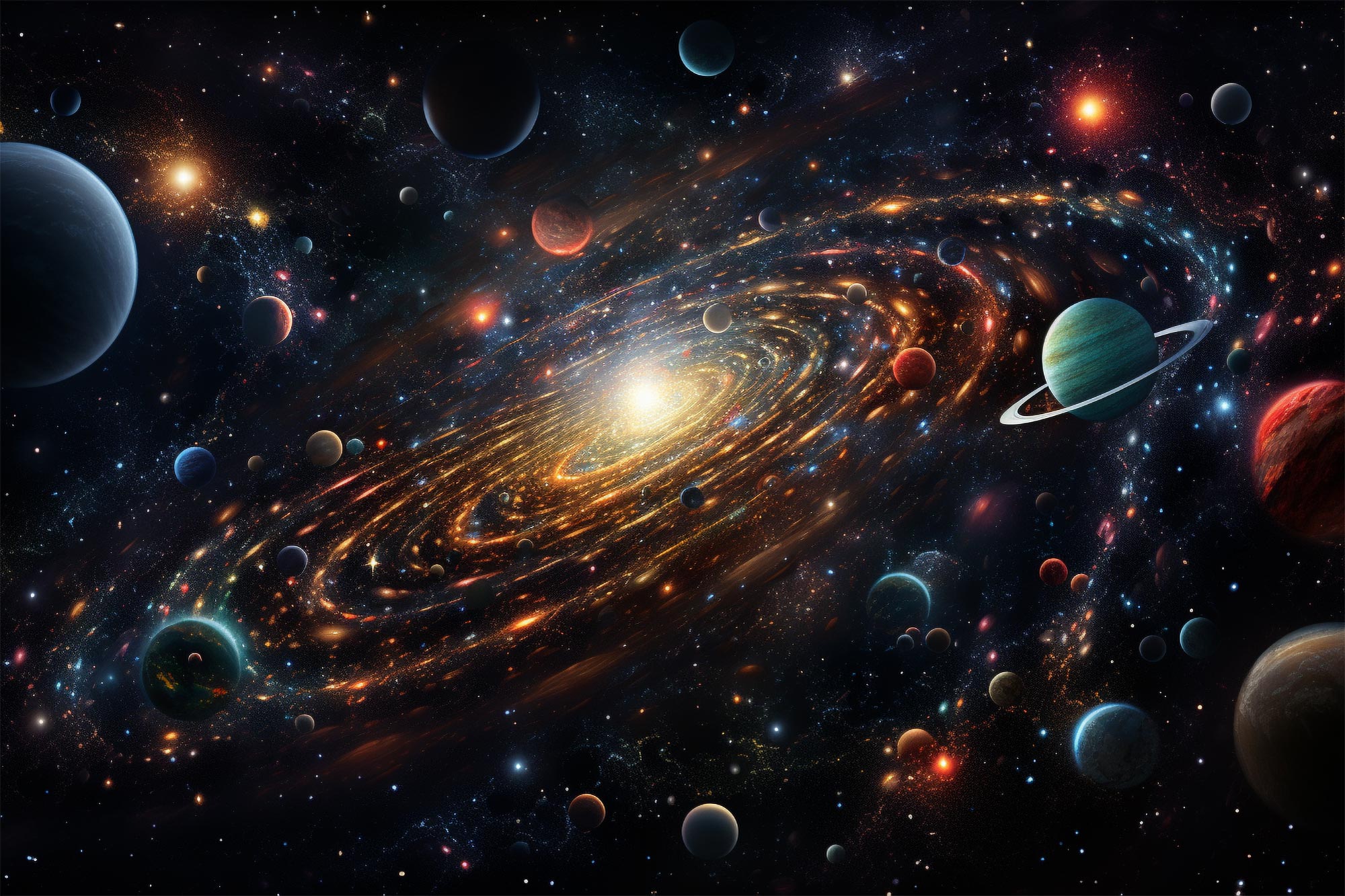Il telescopio spaziale James Webb della NASA ha rilasciato una visualizzazione 3D che mostra quasi 5.000 galassie, tra cui la Galassia di Macy, una delle galassie più antiche, che si è formata 390 milioni di anni dopo il Big Bang. Questa importante osservazione dimostra le avanzate capacità di imaging di Webb, consentendo ai ricercatori di esplorare parti dell’universo mai viste prima e sollevare nuove domande sulla formazione stellare in queste prime galassie.
I dati mostrano la capacità di Webb di immaginare e identificare migliaia di galassie contemporaneamente.
L’Office of Public Outreach dello Space Telescope Science Institute ha rilasciato una nuova visualizzazione scientifica dei dati del Cosmic Evolution Early Publishing Science Survey (CEERS). Il video è l’esplorazione di Webb della regione conosciuta come Extended Groth Strip, che rivela molte galassie mai viste prima. Mette in mostra una ricchezza di galassie in tutto l’universo e si conclude con la Galassia di Macy, situata a 13,4 miliardi di anni luce dalla Terra.
Questa visualizzazione 3D raffigura circa 5.000 galassie all’interno di una piccola porzione del sondaggio CEERS (Cosmic Evolution of Early Launch Science), che ha raccolto dati da una regione nota come Extended Groth Strip. Mentre la telecamera vola via dalla nostra vista, ogni secondo equivale a 200 milioni di anni luce nel set di dati, vedendo altri 200 milioni di anni nel passato. L’aspetto delle galassie sta cambiando, riflettendo il fatto che oggetti distanti sono stati visti in epoche precedenti nell’universo, quando le galassie erano meno sviluppate. Il video termina nella Galassia di Maisie, che si è formata appena 390 milioni di anni dopo il Big Bang, ovvero circa 13,4 miliardi di anni fa.
La nuova visualizzazione 3D evidenzia 5.000 galassie rivelate dal Webb Space Telescope
Questo video, una visualizzazione scientifica delle galassie catturate come parte di CERI Survey (Early Launch Science of Cosmic Evolution), che presenta una grande missione di prima[{” attribute=””>NASA’s James Webb Space Telescope. It flies by thousands of galaxies, starting with those nearby and ending with less-developed galaxies in the very distant universe, including one never seen before Webb.
The area highlighted in this visualization is a small part of the Extended Groth Strip, a region between the Ursa Major and Boötes constellations originally observed by the Hubble Space Telescope between 2004 and 2005. While this vast region contains about 100,000 galaxies, the visualization focuses on approximately 5,000 – with the nearest and more complex galaxies, shown in the beginning, located within a few billion light-years of Earth. As the visualization proceeds, showing galaxies farther away from Earth, we see different stages of the universe’s history and evolution.

Extended Groth Strip. Credit: NASA, ESA, M. Davis (University of California, Berkeley), and A. Koekemoer (STScI)
The visualization’s farthest galaxy, known as Maisie’s Galaxy, is a target of great interest to astronomers. It formed about 390 million years after the big bang, or about 13.4 billion years ago. It’s not only one of the first bright, extremely distant galaxies found by Webb, but it’s also an example of an early galaxy that only Webb could see. This is because Webb’s instruments can capture the light from these early galaxies, which has been shifted to infrared wavelengths by the expansion of the universe.
“This observatory just opens up this entire period of time for us to study,” said Rebecca Larson of the Rochester Institute of Technology in Rochester, New York, one of the survey’s investigators. “We couldn’t study galaxies like Maisie’s before because we couldn’t see them. Now, not only are we able to find them in our images, we’re able to find out what they’re made of and if they differ from the galaxies that we see close by.”
Steven Finkelstein of the University of Texas at Austin, principal investigator of the CEERS program, continued, “This observation exceeded our expectations. The sheer number of galaxies that we’re finding in the early universe is at the upper end of all predictions.” The observatory’s ability to conduct surveys like these provides a demonstration of Webb’s instruments for astronomers to reference for future observations.
This visualization not only shows just how far Webb can observe, but also how much it builds off the accomplishments of Hubble. In many cases, Hubble’s observations, along with Webb’s data from the CEERS Survey, enabled researchers to determine which galaxies were truly far away – the early-universe galaxies of interest – and which were nearby, but so dusty that their visible light was obscured.
With these observations, the next goal for researchers is to learn about the formation of stars in these early galaxies.
“We’re used to thinking of galaxies as smoothly growing,” Finkelstein remarked. “But maybe these stars are forming like firecrackers. Are these galaxies forming more stars than expected? Are the stars they’re making more massive than we expect? These data have given us the information to ask these questions. Now, we need more data to get those answers.”
The James Webb Space Telescope is the world’s premier space science observatory. Webb is solving mysteries in our solar system, looking beyond to distant worlds around other stars, and probing the mysterious structures and origins of our universe and our place in it. Webb is an international program led by NASA with its partners, ESA (European Space Agency) and the Canadian Space Agency.

“Giocatore. Aspirante evangelista della birra. Professionista della cultura pop. Amante dei viaggi. Sostenitore dei social media.”






More Stories
La NASA è vicina a decidere cosa fare con la travagliata navicella spaziale Starliner della Boeing
La scoperta di resti di antichi virus giganti fornisce nuovi indizi sulle origini della vita complessa
L’aurora boreale può essere visibile da New York all’Idaho